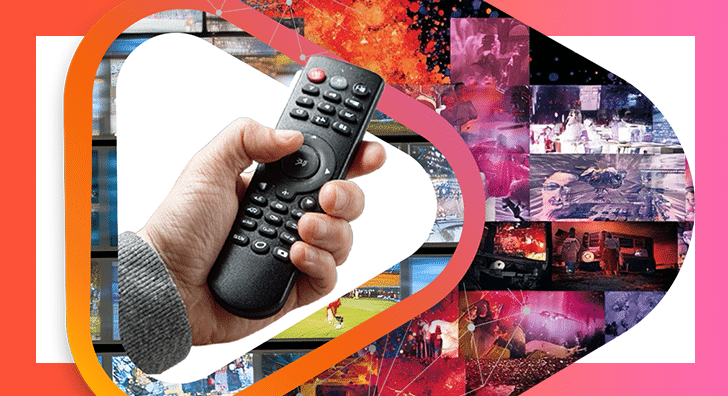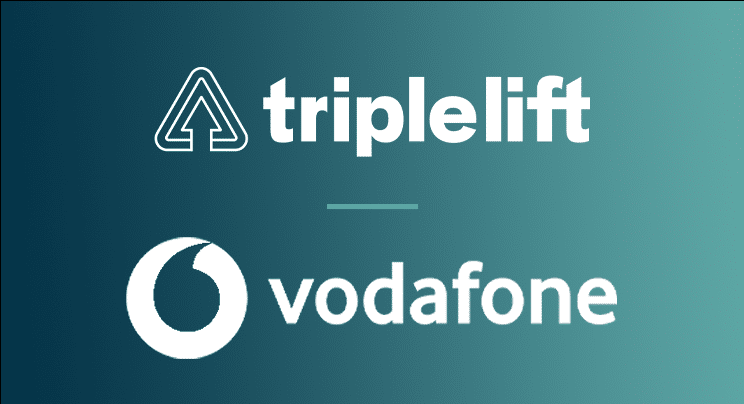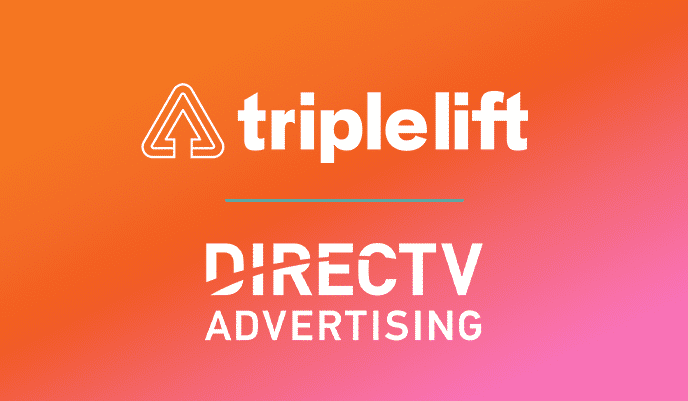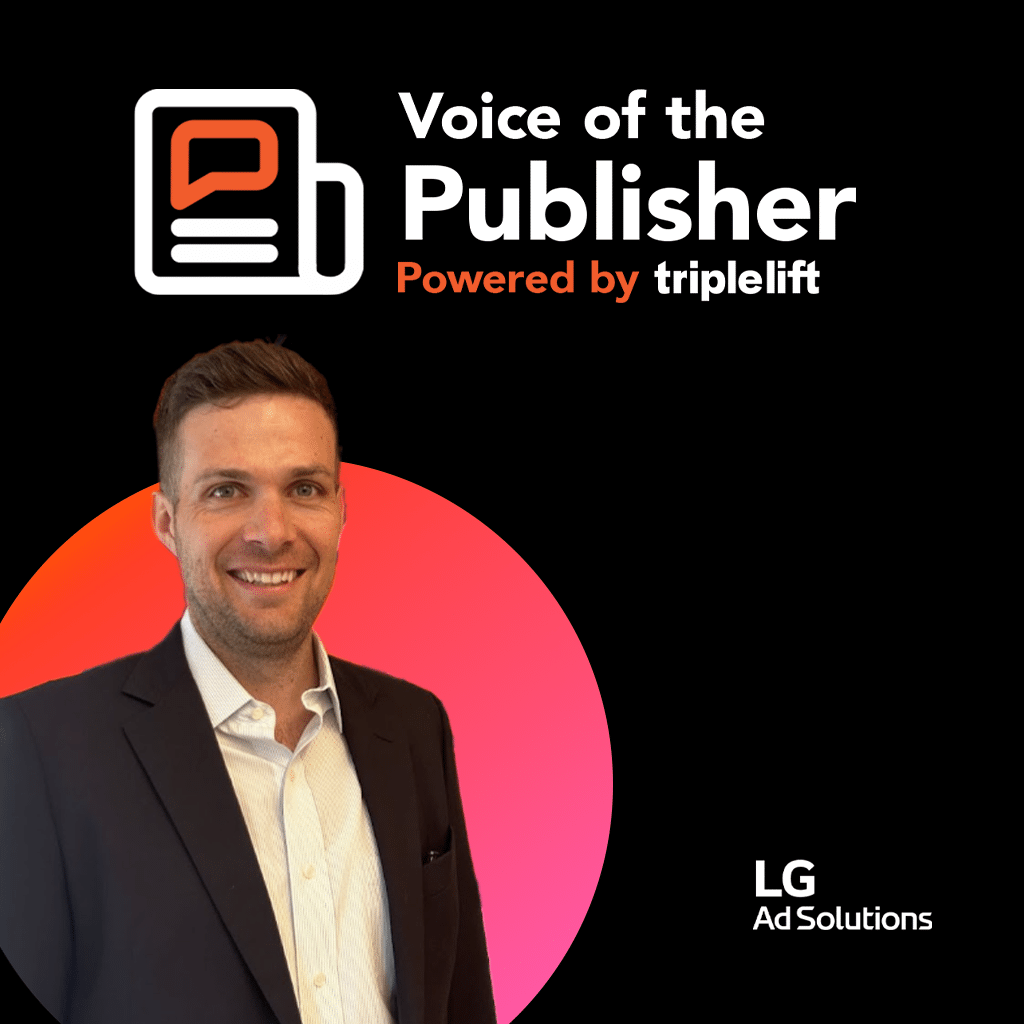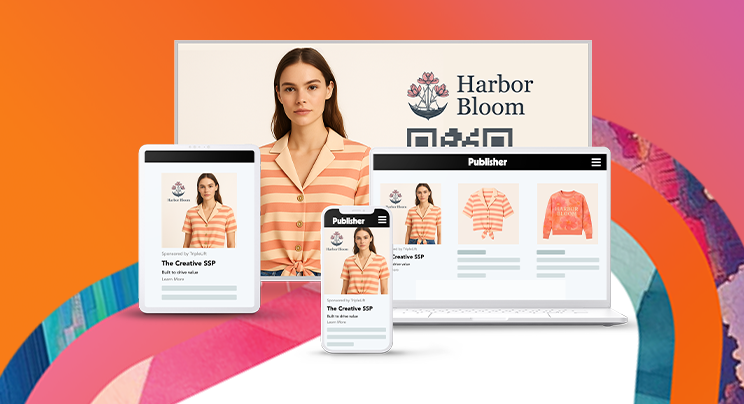Welcome to Voice of the Publisher, powered by TripleLift. Every month we invite one of our publisher partners to provide a deep dive into their inventory and share their expertise and unique POV on the programmatic landscape.
This month we welcomed Walker Linares, Director of Programmatic Partnerships at LG Ad Solutions, to our NYC office. Keep reading to learn more about LG Ad Solutions, and Walker’s insights on topics like FAST, ghost-watching, and more.
Getting to Know Walker
Walker Linares is a seasoned vet in the world of programmatic advertising and partnerships. Currently serving as the Director of Programmatic Partnerships at LG Ad Solutions, where he is responsible for growing and managing the success of advertising monetization partners. Walker previously held various roles at The Trade Desk, including Director of TV.
Going Beyond Linear with LG Ad Solutions
With 35 million Smart TVs in the U.S., 150 million globally, and 300 owned FAST channels, LG Ad Solutions offers advertisers direct-to-glass access to millions of homes.
With our premium CTV and native inventory, we give brands massive-scale and incremental reach beyond their linear campaigns.
Walker Linares, Director of Programmatic Partnerships at LG Ad Solutions
Highlights From Our Q&A with Walker
How can advertisers combat ghost-watching on connected devices?
Ghost-watching is a challenge for others in our space. However, because we have first-party ACR data, we know when the TV is off, ensuring ads only appear — and advertisers only pay for impressions — when viewers are actively watching the content.
We’re seeing DSPs removing SSP from the publisher stack. How do you balance the needs of the big players and your needs as a publisher?
Too much consolidation can be a bad thing. Do we need to work with 30 SSP partners? Probably not, but we need more than one or two. SSPs can create custom and tentpole packages that make it easy for advertisers to buy our inventory.
Can you tell us about the benefits of FAST channels? Why are buyers apprehensive about FAST channels?
FAST is not low-quality content — it’s where eyeballs are. The quality of content has improved over the years, and people are watching at scale during primetime.
It needs to be part of your plan because it’s unique. Unique reach, scale, and consumer behavior have shifted to direct-to-glass FAST channels. It shouldn’t be your only strategy, but it needs to be part of your plan.
Understand the bigger picture and allocate your investment accordingly.
What’s the biggest challenge in the CTV space that you wish could be solved?
Education is critical. It’s crucial to understand the buy side — how agencies are structured, how they allocate budgets, and how pre-existing relationships and commitments have changed as part of this new strategy.
The buyers that are the most ahead of the curve and having the most success are the ones that started breaking down some of those traditional barriers and were a little bit more flexible. It goes back to understanding what you’re trying to accomplish and what the blocker is.
Can you comment on any changes you’ve seen in planning cycles for buyers?
You still see the same kind of strength in the upfront, but we’re also seeing more scattered dollars than in years past. Buyers are willing to take a little off the table. They’ll still keep their upfront commitments, but they want more flexibility. And I think that’s going to continue.
What does it take to be successful at selling CTV in such a complex landscape?
The most successful individuals are the ones who listen and care about the buyer — knowing who you are talking to, what they do, and what they care about is crucial.
It’s not about feature selling. Loyalty matters, so being able to track an app install is interesting. It comes down to preparing for who you’re talking to. In the long run, you’ll become a more trusted partner and help them understand the ecosystem.
For more information about CTV, make sure to check out our CTV Spots one-sheet.
